Lambs Tongue
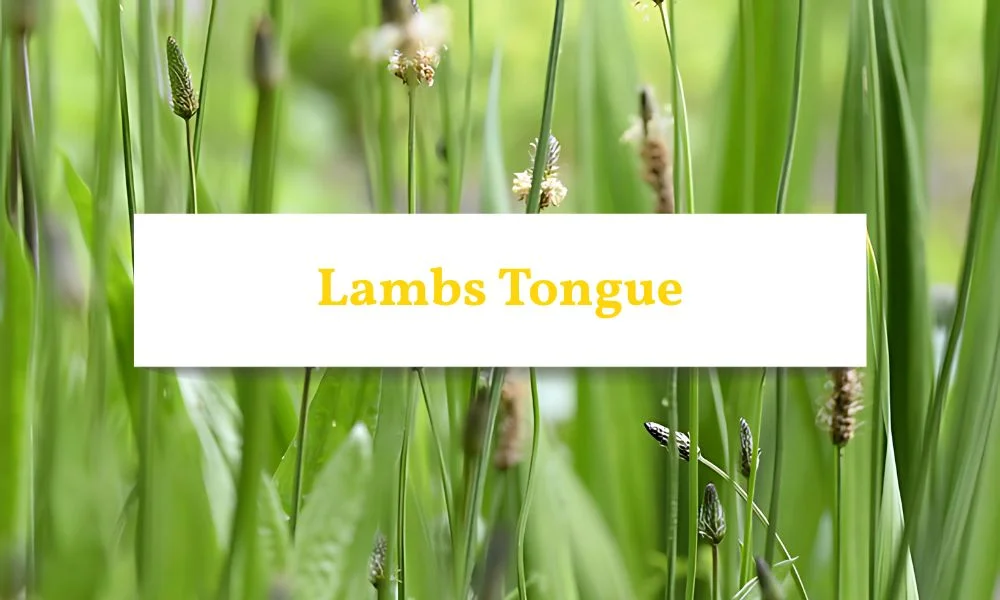
What Is Lambs Tongue?
Lambs tongue, also called ribwort or narrow leaf plantain, is a tough perennial weed that grows in lawns, gardens, and disturbed soil. You can spot it by its long, narrow leaves with strong parallel veins and a rosette shape close to the ground. The leaves may look twisted or curled at the edges. Lambs tongue sends up tall, leafless stalks with dense, brownish flower spikes, and it produces lots of seeds that the wind and water can spread far and wide.
Characteristics of Lambs Tongue
-
Common Names: Lambs Tongue, Ribwort, Buckhorn Plantain
-
Plant Type: Perennial herb forming rosettes of leaves
-
Leaves: Long, narrow, hairy with distinct slender parallel veins; leaf length 3–30 cm, width 8–30 mm
-
Growth Habit: Overwinters as a rosette; flowering stems are long, slender, and leafless, growing up to 45 cm tall
-
Flowering: Dense, brown cylindrical seed heads with white anthers protruding, flowering mainly from October to March
-
Seed Production: Produces large amounts of wind-dispersed seeds, aiding rapid spread
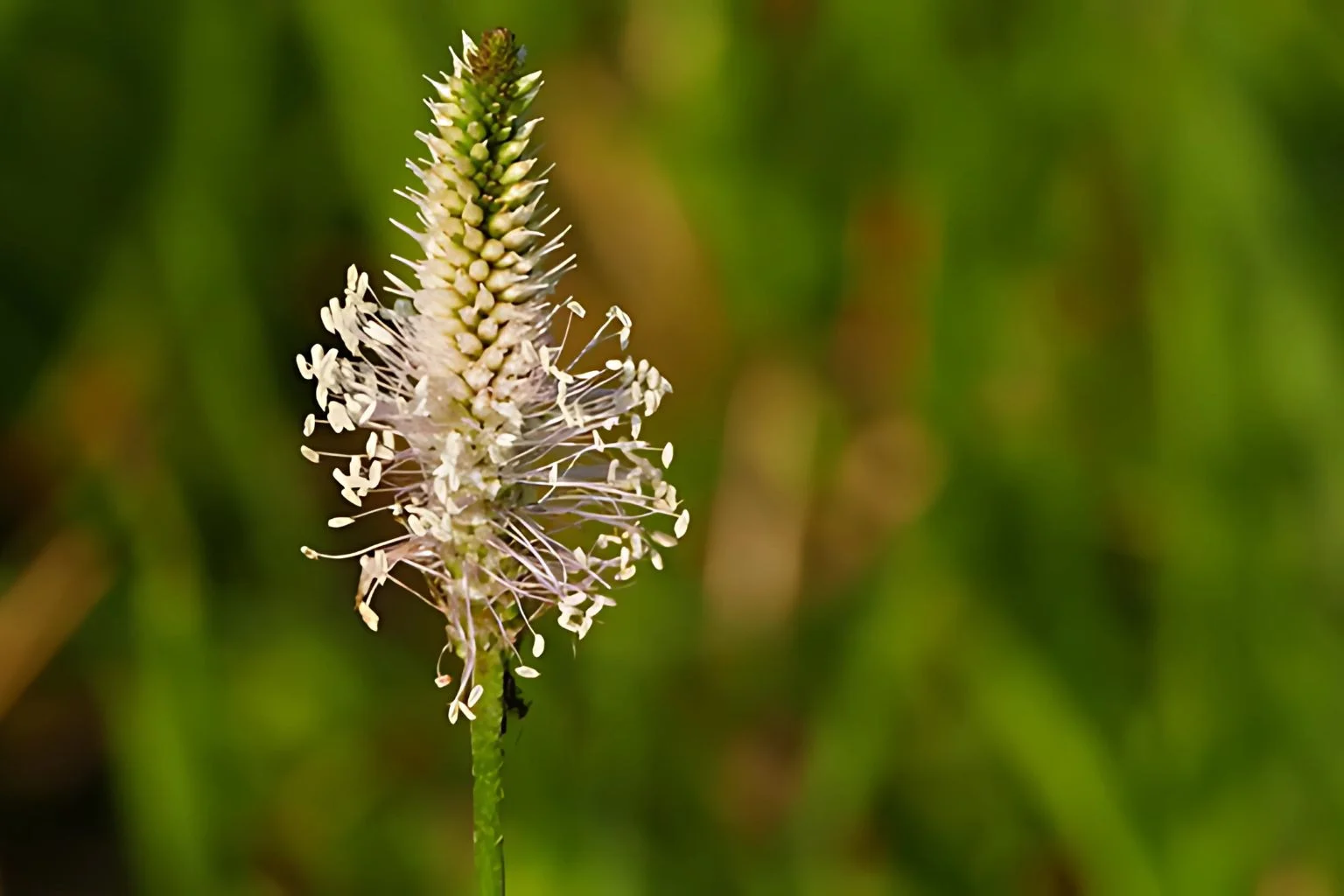
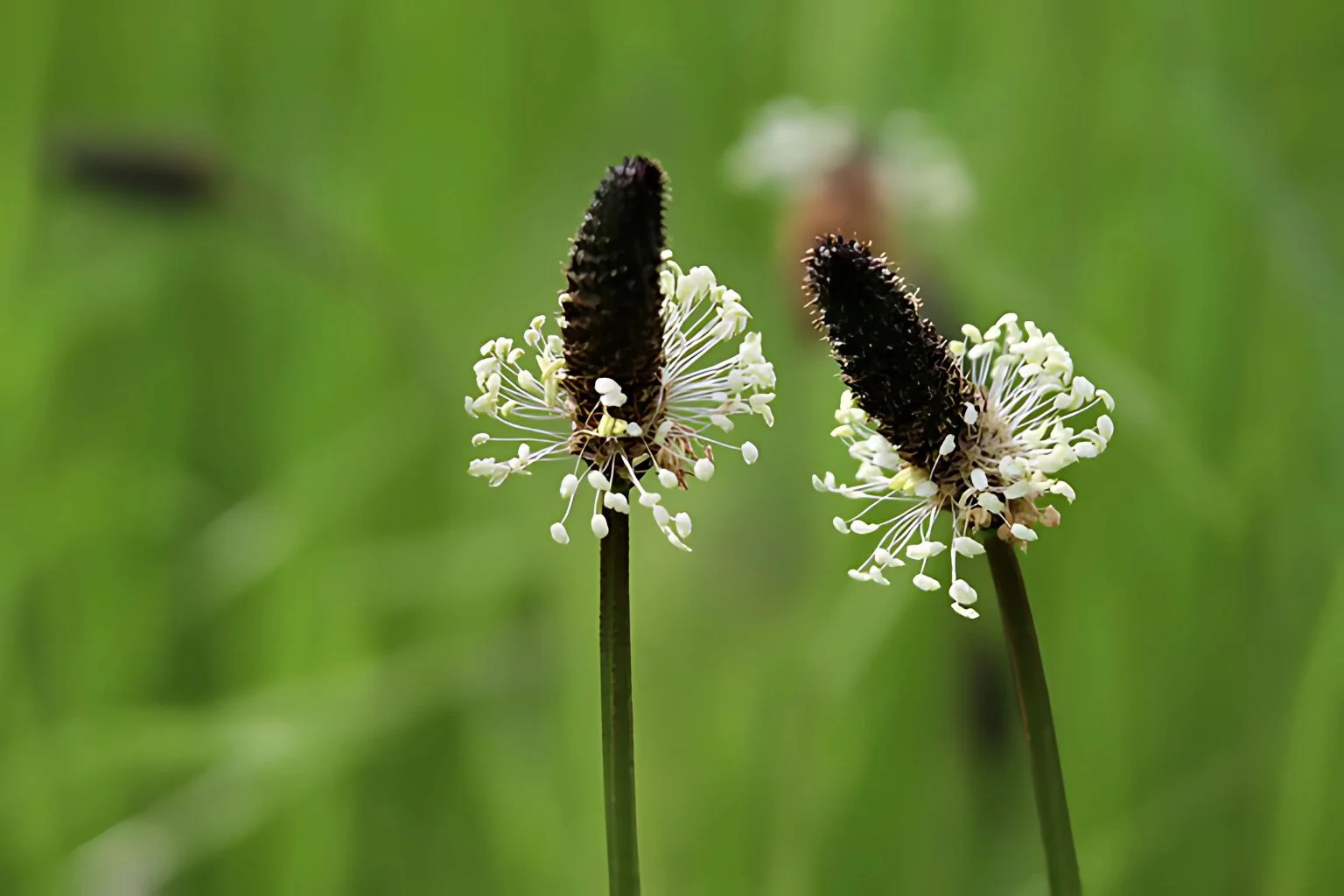
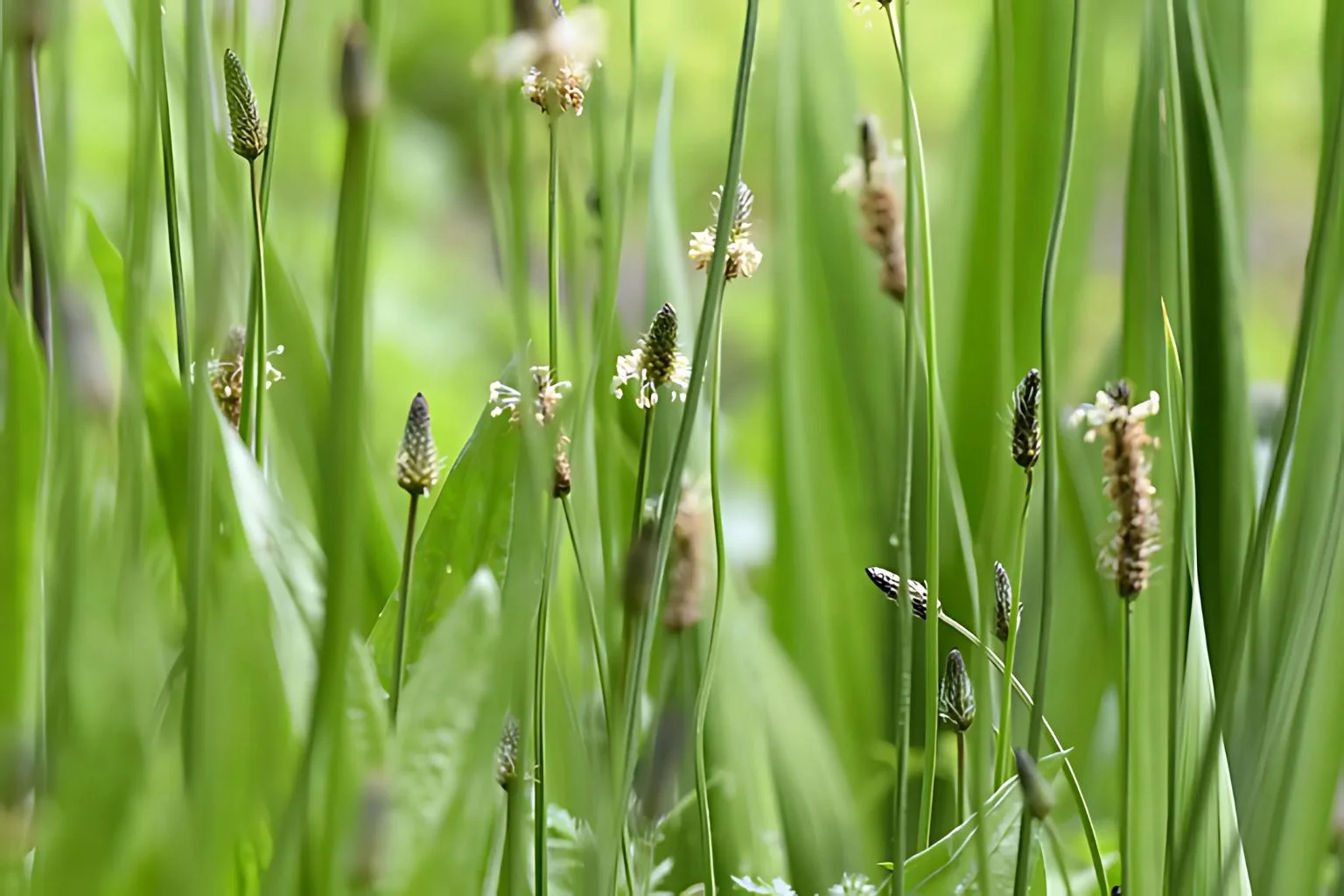
Why Is It A Problem?
Lambs tongue competes with your lawn or garden plants for water, nutrients, and sunlight. Because it tolerates drought, poor soil, and even mowing, it can quickly take over thin or patchy lawns. Its seeds spread easily, so you might see new plants popping up every season.
How to Identify Lambs Tongue
Look for these signs to spot lambs tongue:
Leaves: First, check the leaves. They are long, narrow, and covered in fine hairs, with clear ribs running from the base to the tip. They grow in a flat rosette and don’t have any lobes.
Flower Stalks: Next, look for tall, thin stalks growing from the centre of the plant. Each stalk holds a tight spike of tiny white or brownish flowers at the top.
Roots: Lambs tongue has a strong taproot along with a short, thick rhizome. This makes it tough and helps it survive in dry or poor soil.
Seeds: Finally, each plant can produce lots of seeds that stay in the soil for years. Because of this, lambs tongue can be very hard to control once it takes hold.
Effective Methods
Keep Your Lawn Healthy
To begin with, grow a thick and healthy lawn. When your grass grows well, it covers the soil and helps block out weeds like lambs tongue. Regular mowing, watering, and feeding keep your lawn strong and better able to fight off weeds.
Pull Weeds by Hand
Next, if you spot young lambs tongue plants, pull them out by hand. Try to remove the whole taproot, especially after rain when the soil is soft and easier to work with. Taking weeds out early stops them from flowering and making more seeds.
Use Mulch in Garden Beds
Then, spread mulch around your garden plants to block sunlight and stop lambs tongue seeds from growing. At the same time, mulch helps the soil stay moist and supports strong, healthy plant growth.
Apply Selective Herbicide
Finally, if lambs tongue has spread through your lawn, use a selective broadleaf herbicide. Look for products made for lawns, with ingredients like 2,4-D, dicamba, or MCPA. Always follow the label instructions and spray when the weed is actively growing—usually in spring or autumn. If you have buffalo, couch, or kikuyu grass, check that the herbicide is safe for your lawn type before spraying.
Chemical Control Options
Recommended Products
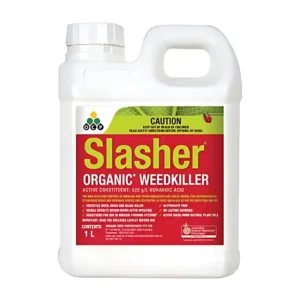
Cutlass M 5L
$129.00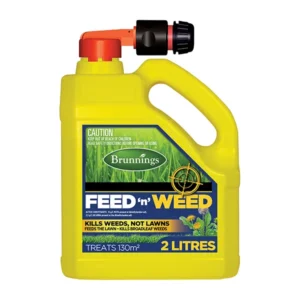





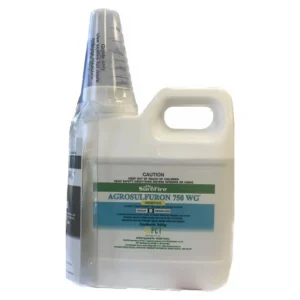
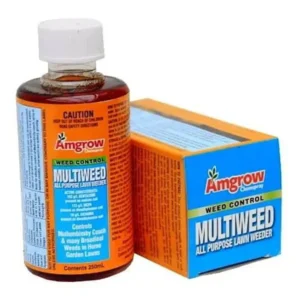

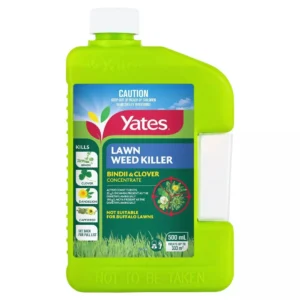
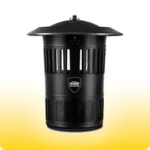 Mosquito Traps
Mosquito Traps